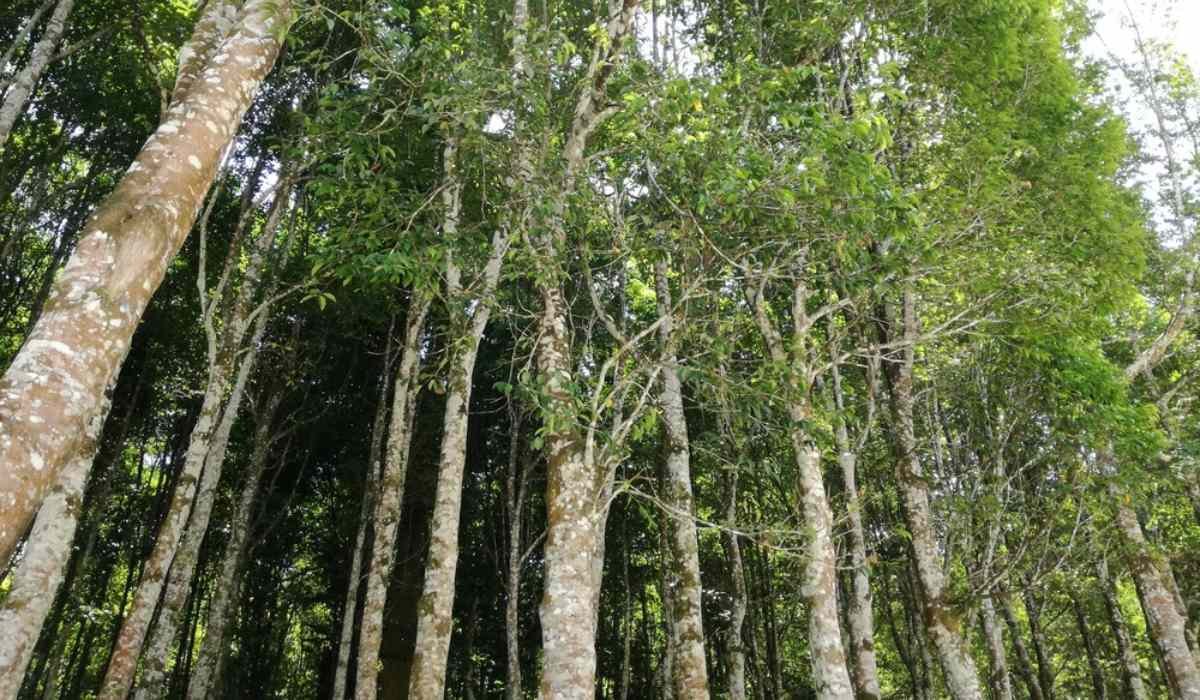Exploring Agarwood: The Heart of Exotic Fragrances
Agarwood, known as oud, is a treasured and rare wood highly esteemed in the fragrance industry for its deep, complex aroma. This article explores the cultivation, harvesting, and significance of agarwood, highlighting its unique characteristics and sustainable practices to ensure its preservation.

The Origins of Agarwood
Agarwood originates from the Aquilaria tree, indigenous to Southeast Asia. The tree produces a resin in response to natural infection, transforming its heartwood into dark, aromatic agarwood. This slow process adds to the wood's rarity and high value.
Cultivation and Harvesting
Modern agarwood plantations focus on sustainable practices. These plantations induce resin production in a controlled environment, ensuring a steady supply while preserving wild populations. Farmers are trained in sustainable harvesting techniques, promoting environmental stewardship and community involvement.
The Fragrance Industry’s Jewel
Oud is renowned for its deep, woody, and often smoky scent, making it a staple in luxury perfumery. Its aroma profile varies based on the species of Aquilaria tree and the region of cultivation. Perfumers value oud for its ability to add depth and longevity to fragrances, often using it as a base note.
Sustainable Practices and Community Impact
To combat the overexploitation of wild agarwood, companies are investing in research and development of sustainable production methods. They also engage in community support initiatives, providing resources and training to local farmers. These efforts ensure a stable supply of agarwood while benefiting local economies.
The Future of Agarwood
Innovations in cultivation and resin extraction techniques promise a more sustainable future for agarwood. Continued research and community collaboration are key to preserving this valuable resource for generations to come.
Agarwood’s journey from tree to fragrance bottle is a testament to nature’s complexity and human ingenuity. As the fragrance industry evolves, sustainable practices and community-focused initiatives will play crucial roles in maintaining the balance between demand and environmental conservation.
Source: iberchem
